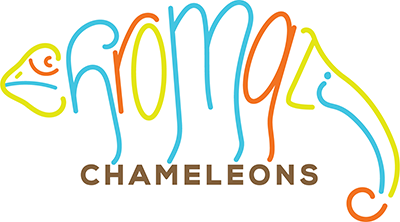Caging
We house our singles and pairs of adult Lygodactylus williamsi in 12″x12″x18″ glass enclosures. Our trios are housed in 18″x18″x36″ glass enclosures. We use bioactive setups and have had great success this way. We plant each enclosure with a variety of live plants including bromeliads, pothos, money trees, and umbrella plants. We utilize a large variety of sticks, branches, and vines to create a network throughout the cage to allow our geckos to easily access any space within the enclosure. We also offer many different egg laying sites with floral tubes and cork bark rounds.
Lighting
Proper lighting is vital to the health of this species. You will need to provide both a UVB light and a basking light. We use Arcadia T5HO 6% linear bulbs for UVB and have had great success with them. Depending on the type of enclosure you choose to go with, remember that glass filters out UVB so you can’t place your UVB on top of solid glass enclosures.
We use two different types of lights for basking depending on the size of the enclosure. For our larger enclosures we use Zoomed’s Nano Lamp Fixture and a 40 watt bulb. For our smaller enclosures we use hallogen puck lights with a dimmer. You will want to have your lights on for 12 hours, and off for 12 hours. Unless you have a cold home, you do not need to supply additional heat at night.
Temperature and Humidity
You will want to achieve a basking temperature of around 90-95 degrees that your geckos can easily access. You will want the ambient temperature of the cage somewhere around 75-80 degrees. At night this temperature can safely drop down to 70 degrees.
You will need to have a way to mist your geckos. You can do this by simply using a hand spray bottle, or you can get an automated misting system. We use MistKing misters here. Your goal with misting is to ensure you are supplying them with adequate drinking water, while ensuring your enclosure still dries out during the day. You do not want to create an environment that constantly stays wet. How frequently you need to mist will vary depending on your climate. We personally mist twice a day,once in the morning and once in the evening, long enough to have droplets form on all the leaves. We make sure the cage dries out in between mistings.
Food
We feed our Lygodactylus williamsi a combination of live insects and Pangea gecko diet. We offer Pangea every day, and live insects every other day. For live insects, we offer 1/4″ crickets, bean beetles, fruit flies, and small silkworms. We use a light dusting of Repashy Calcium Plus at each feeding.
